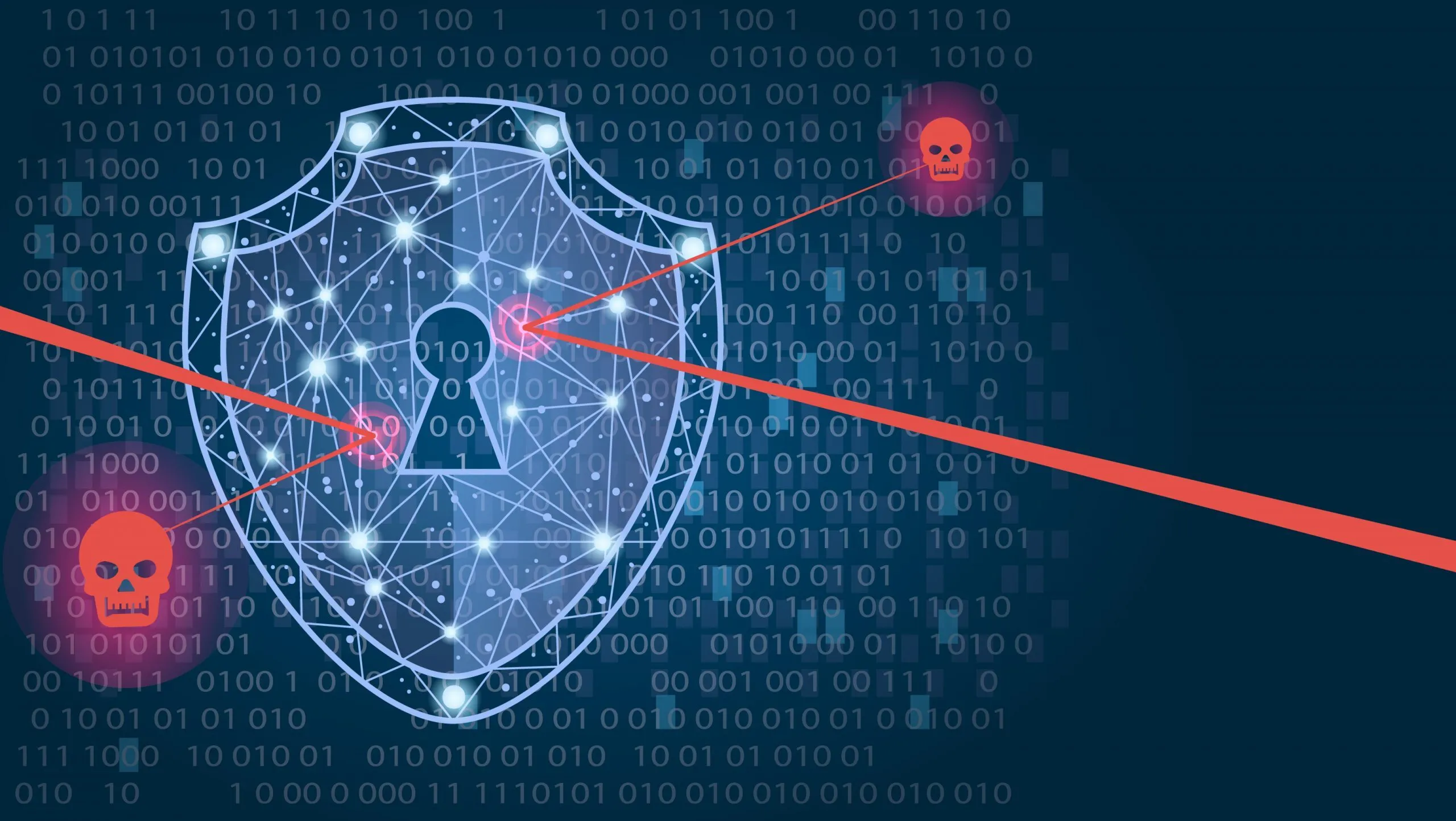Stuff happens…
Mistakes are made…
But – we can always learn from them.
Ready to break down a recent event that highlights the importance of robust business continuity plans.
The CrowdStrike incident, known as the “blue screen blunder,” disrupted numerous businesses and showcased the critical need for preparedness.
Let’s dive into what happened, its impacts, and what businesses can learn from it.
Could Your Business Survive a Major Tech Glitch?
Imagine your entire operation grinding to a halt because of a software bug.
That’s exactly what happened with CrowdStrike’s Falcon platform. Let’s explore the chaos and the crucial lessons learned.
What Happened?
CrowdStrike, a leading cybersecurity firm, faced a major issue when a bug in their Falcon platform caused systems worldwide to crash.
This wasn’t a cyber attack but rather a glitch in the software’s driver, referencing invalid memory space.
When Windows encountered this, it triggered the infamous blue screen of death, shutting down systems entirely.
The Impact
1. Widespread Disruption
– Businesses globally, including essential services like hospitals and airports, experienced massive disruptions.
– Systems ranging from cranes in repair facilities to critical medical equipment were rendered inoperable.
2. Operational Chaos
– Companies couldn’t operate lifts, disarm alarms, or access essential hardware.
– Communications were down, affecting emails, phones, and even 911 services in some areas.
3. Financial and Productivity Losses
– The stock market and various financial services were impacted.
– Delays and operational halts led to significant financial losses and productivity hits.
Lessons Learned
1. Importance of Regular Testing and Updates
– Test Before Deploying: Always test updates in a controlled environment before pushing them to production systems.
– Planned Maintenance: Schedule updates during low-activity periods to minimize disruptions if something goes wrong.
2. Robust Backup and Disaster Recovery (BDR) Plans
– Automated Backups: Ensure regular backups of all critical data.
– Disaster Recovery Drills: Conduct regular drills to ensure your team knows how to respond in an emergency.
3. Comprehensive Business Continuity Plans
– Incident Response Plans: Develop detailed plans outlining how to maintain operations during various types of disruptions.
– Communication Strategies: Ensure alternative communication methods are in place, such as using cell phones if your main phone systems are down.
Conclusion: Be Prepared, Stay Secure
The CrowdStrike incident serves as a stark reminder of the need for thorough preparedness and robust business continuity plans.
No system is immune to failures, but with the right strategies, your business can navigate these challenges smoothly.
Ready to bolster your business’s resilience?
Start implementing these lessons today to protect against future disruptions.
Make sure you tune in live on our YouTube channel where we cover stories like this.

